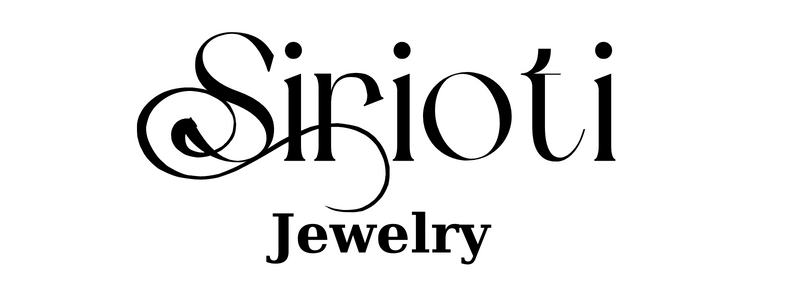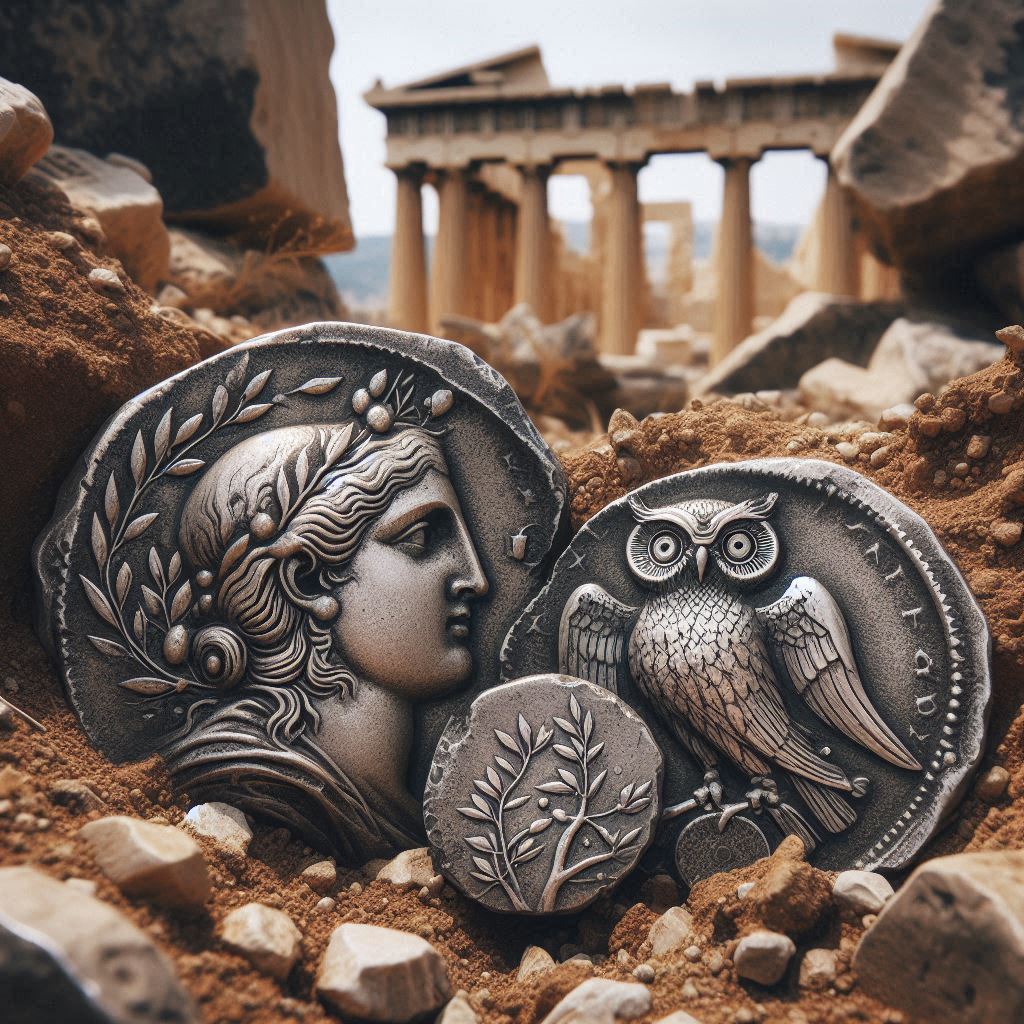Table of Contents
- Introduction to the Greek Tetradrachm
- History of the Tetradrachm
- Design and Symbolism
- Economic Impact and Usage
- The Tetradrachm's Legacy
- Influence on Greek Silver Jewelry
- Conclusion
Introduction to the Greek Tetradrachm
The Greek tetradrachm is one of the most iconic coins in ancient history, representing not only the wealth and power of the city-states that minted them but also the artistic and cultural achievements of the classical world. In this blog post, we will delve into the fascinating history, design, and legacy of the tetradrachm, exploring its significance in the ancient economy and its enduring influence on modern numismatics.

History of the Tetradrachm
The Origins of the Tetradrachm
The tetradrachm first appeared in the 6th century BCE, primarily in the city of Athens. Initially minted as a response to the growing need for standardized currency, the tetradrachm quickly became a staple in the Greek economy. The coin was valued at four drachmas, making it a high-denomination piece that facilitated larger transactions and reflected the prosperity of the issuing city-state.
Expansion Across the Greek World
As the Greek world expanded through trade, colonization, and conquest, the use of the tetradrachm spread throughout the Mediterranean and beyond. It became the standard currency for many Hellenistic kingdoms, including those of Alexander the Great and his successors. The widespread use of the tetradrachm helped to unify the diverse economies of the ancient world, promoting trade and cultural exchange.

Design and Symbolism
Obverse: Iconic Imagery
The obverse side of the tetradrachm typically featured the image of a deity or a symbol representing the issuing city-state. For instance, the Athenian tetradrachm famously depicted the goddess Athena, symbolizing wisdom and warfare, accompanied by an owl, a creature associated with the goddess. This imagery not only reinforced the divine favor of the city-state but also served as a form of propaganda, showcasing its power and prestige.
Reverse: Cultural Significance
The reverse side of the tetradrachm often carried additional symbols or inscriptions that further emphasized the coin's origin and significance. For example, the Athenian tetradrachm's reverse depicted an owl standing beside an olive branch, a symbol of peace and prosperity. These designs were carefully chosen to convey messages of strength, unity, and cultural identity to those who used the coin.
Economic Impact and Usage
The Tetradrachm as Currency
The tetradrachm played a crucial role in the ancient Greek economy, serving as the primary currency for large-scale transactions, military payments, and international trade. Its high silver content and standardized weight made it a reliable and widely accepted form of money, facilitating commerce across the Greek world and beyond.
Influence on Trade and Commerce
The tetradrachm's influence extended beyond Greece, impacting the economies of regions as far-flung as Egypt, Persia, and India. The widespread circulation of tetradrachms helped to establish a common monetary system that encouraged trade and interaction between different cultures. The coin's consistent value and recognizable design made it a preferred medium of exchange in the bustling marketplaces of the ancient world.
The Tetradrachm's Legacy
Influence on Modern Coinage
The legacy of the tetradrachm can be seen in modern coinage, where its principles of design, weight, and symbolism have influenced the development of national currencies. The use of portraits, national symbols, and inscriptions on modern coins echoes the practices established by the ancient Greeks, highlighting the tetradrachm's lasting impact on the world of money.
The Tetradrachm in Numismatics
Today, the tetradrachm is highly prized by collectors and historians alike, valued for its historical significance, artistic beauty, and rarity. Numismatists study these coins to gain insights into the economic, political, and cultural dynamics of ancient Greece. The tetradrachm remains a testament to the ingenuity and creativity of the ancient world, offering a tangible link to a civilization that continues to fascinate and inspire.
Influence on Greek Silver Jewelry
Sirioti Jewelry and the Tetradrachm Design
The design of the tetradrachm has also had a significant impact on Greek silver jewelry, particularly in the works of modern artisans such as Sirioti Jewelry. Drawing inspiration from the ancient coins, Sirioti Jewelry has created a range of silver pieces that incorporate the motifs and symbols found on tetradrachms, such as the owl of Athena and the olive branch. These pieces are not only a nod to the rich cultural heritage of Greece but also a way to bring the timeless beauty of ancient Greek art into the modern world.
Sirioti Jewelry’s collections reflect the intricate craftsmanship and attention to detail that characterized ancient coinage, blending historical elements with contemporary design. The use of silver, a metal highly valued in antiquity, further connects these modern creations to the ancient world, making each piece a wearable piece of history. Through their jewelry, Sirioti continues the legacy of the tetradrachm, preserving its aesthetic and cultural significance for future generations.
Conclusion
The Greek tetradrachm is more than just an ancient coin; it is a symbol of a rich and complex history that continues to resonate today. From its origins in Athens to its widespread use across the ancient world, the tetradrachm played a vital role in shaping the economic and cultural landscape of its time. Its enduring legacy is evident in the world of modern numismatics and jewelry, where it is celebrated as one of the greatest achievements of ancient Greek civilization.
Interested in Greek mythology and history ? Click here


